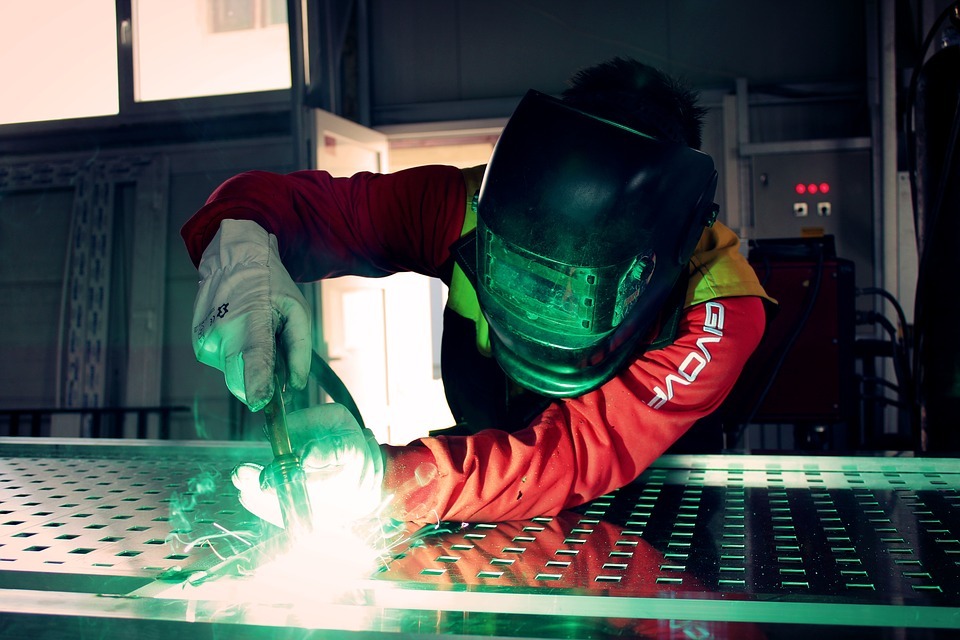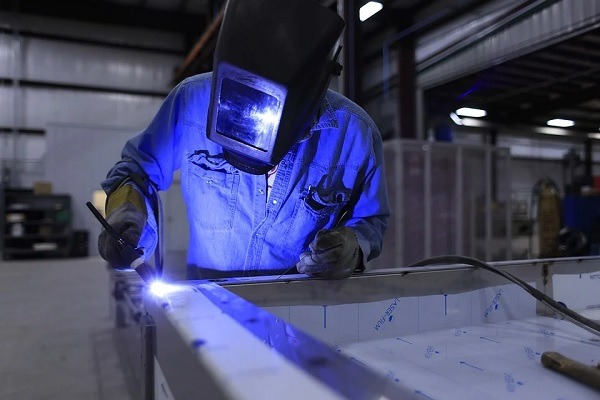There are many dangers that may befall a welder; safety is paramount to any welding project, and that is why this page will tell you the dos and the don’ts of welding. It is important the proper precautions are taken to protect the welder from any hazards, of which there are many, for example, electrocution; electric shock; fumes; gases; fire; explosions; burns; cuts, and many more. Knowledge and awareness of the causes of these dangers is the best way to avoid having injury befall you and ensure a productive and safe working environment for everybody there. This page will, as already mentioned, tell you the dos and the don’ts of welding according to the experts. Aside from cutting torch supplies, cutting operations require proper hand protection, as welding involves the use of high-temperature gases, sparks, and sharp objects. Wearing gloves, which can serve a variety of purposes, is crucial.
Here they are.
The Dos
There are many dos for a welder. The most important, by far, is education; as a welder, you should have studied and achieved a certificate. Walking into welding blindly is very dangerous and how many problems start.
1. Hire a Professional
If you have no formal experience welding, don’t even attempt it. There are many custom welding services available that can help you with what it is that you need to weld. It is far better that you contact a professional welder than just blindly walk into it and wind up causing serious injury to yourself or others around you.
2. Be Aware
When you are welding, it is very important that you are completely aware of your surroundings and pay attention to everything. You must check the floor for any flammable liquids and check that any gas valves are closed. You must be certain there are no floor openings, windows that have been left open through which sparks can pass, and no combustible materials close to your welding station.
3. Clean Up
You must remove all combustible materials or anything that could potentially catch alight (as welding sparks can spread up to thirty-five feet in all directions) so that you can create a safe and clean working space. Sweep the floor and remove all waste materials, too.
4. Cover Up
If any of the combustible materials cannot be removed, then cover them with non-combustible materials, such as metal sheets, asbestos curtains, or anything else that you have on hand. It is very important you do this so that you can create a safe working environment. If the floor is combustible, experts recommend covering it up and wetting it with water before beginning your welding work.
5. Screens
As mentioned previously, welding can see sparks spreading as far as thirty-five feet in all directions; because of this, it is best to weld in booths or to set up screens to prevent sparks spreading.
6. Safety First
The Don’ts
While some of the things that will be listed below are painfully obvious, you would be surprised how many people make these mistakes and cause themselves serious, life-changing injuries, and sometimes, death.
1. Combustible Materials
You must never work in an area with combustible materials. If there are combustible materials, remove them, or simply refuse to work if they cannot be removed or covered.
2. Untrained and Unauthorized
You must never allow an untrained person or unauthorized person in the area of your welding equipment, and equally, never allow them to weld. Untrained and unauthorized people may not be covered by your insurance and will also not know how to behave appropriately in a welding situation.
3. Loose Connections
You must always check your connections, and if you notice loose connections, tighten them. Loose connections are a massive risk to your health.
4. Take a Break
If you are going to take a break, it is crucial that you make sure electrical circuits are turned off and your blowtorch is not powered up. If you leave either of these things on while you are absent, you can cause a serious accident that may cause injury or death.
5. Smoking
You should always make sure that nobody is smoking around welding equipment and that it is known amongst your employees that the workstation is a no-smoking zone. Because of the chemicals produced and the gas exposure, a single cigarette can cause devastating consequences.
Now you know the dos and the don’ts of welding. When you are welding, be as careful and safe as you possibly can; welding is very dangerous when not performed properly. You must always wear personal protective equipment, have proper ventilation, and above all, know what you are doing. Trying to weld with no formal experience or training can be a disaster.


